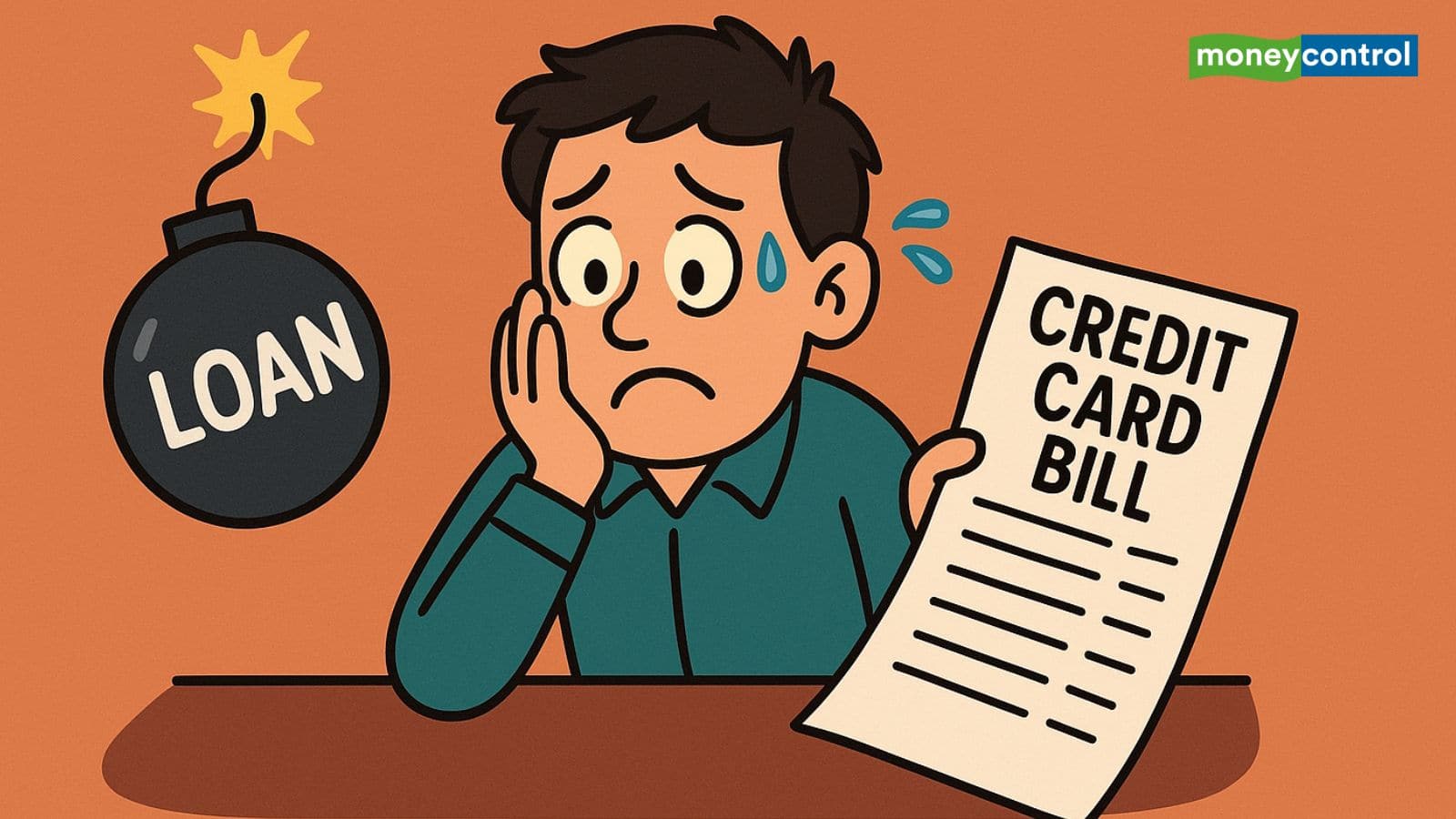
Small vs big loans: India’s retail loan market is clearly divided between small and big ticket loans. According to Crif High Mark’s ‘How India Lands FY25’ report, default pressure in small loans is continuously increasing. However, the position of large loan remains better than before. This difference is clearly visible in segment like home loan, personal loan and two-wheeler loans.
Problem on small loan in home loan
The report states that the default has increased rapidly in home loans with less than Rs 5 lakh. By March 2025, the mid-stage default in this category i.e. 31 to 90 days reached 4.94%. It was 3.72% in March 2023. Late-stage stress i.e. 91 to 180 days dues also increased from 1.62% to 1.95%.
At the same time, the situation has improved in large home loans above Rs 75 lakh. Here the mid-stage default has come down to 1.11% and late-stage stress to 0.18%.
Personal Loan: Increased pressure in small loans
Personal loans with less than Rs 1 lakh have the highest pressure. In March 2025, the late-stage default in this category stood at 2.06%. This is more than 1.50% of March 2024. Default has also increased in personal loans above 1 lakh, but the condition of small loans is worse.
Two-wheeler loan: here is the picture
The mid-stage default in a two-wheeler loan of more than Rs 75,000 increased from 3.74% in March 2024 to 3.86% in March 2025. However, a two-wheeler loan of less than Rs 50,000 has shown an improvement. Increased risk in large loans is believed to be due to rising prices of trains.
Auto loan: more visible stability here
There is a total stability in terms of auto loan. The share of large auto loans of more than Rs 10 lakh is increasing. At the same time, share of small loan less than Rs 5 lakh has come down from 43.7% to 30.5% in FY25.
Consumer Durable Loan and Credit Card Pressure
Late-stage default has also increased slightly in consumer durable loans with Rs 10,000–50,000. Non-banking finance companies (NBFCs) have more grip in this.
In the case of credit cards, the report has not given data on the basis of ticket size. However, the share of overdue balance over 90 days has reached 15%. The 90 -day overdue is considered very serious as recovery becomes difficult after this stage. This indicates continuously increasing payment pressure.
The report makes it clear that while large loan segments are looking relatively safe, increasing problems in small loans are becoming a cause of concern for banks and NBFCs.